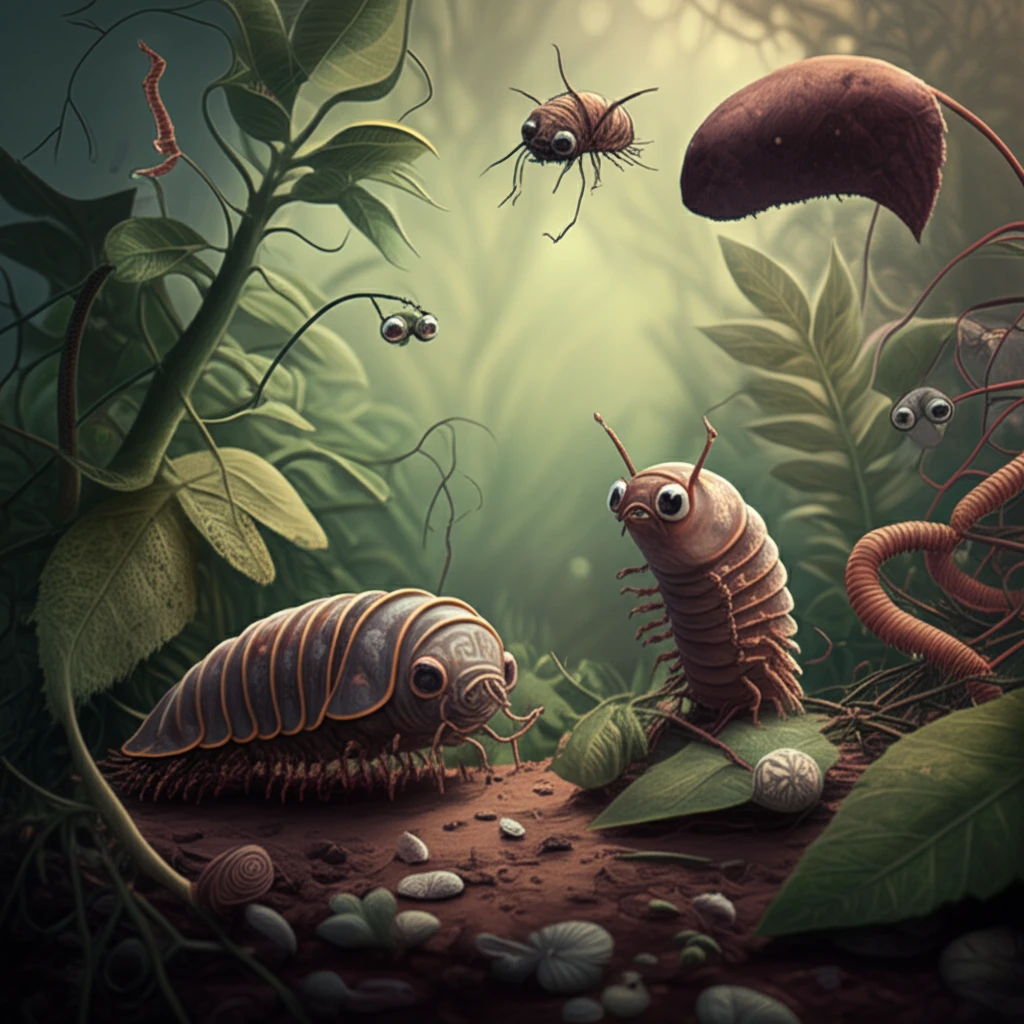
Uninvited Guests: How to Identify and Manage Common Garden Pests
"Protecting Your Plants: A Practical Guide to Dealing with Pests"
Gardening can be a rewarding hobby, but it also comes with its challenges. One of the most common frustrations for gardeners is dealing with pests. These uninvited guests can wreak havoc on your plants, causing damage and stunting growth. Understanding how to identify and manage these pests is essential for maintaining a healthy and vibrant garden.
This article will guide you through the identification and management of several common garden pests, including woodlice, millipedes, nematodes, slugs, and snails. By learning about these pests and the damage they cause, you can take proactive steps to protect your plants and ensure a thriving garden.
We'll cover everything from recognizing the signs of infestation to implementing effective control measures. Whether you're a seasoned gardener or just starting out, this guide will provide you with the knowledge and tools you need to tackle garden pests head-on.
Woodlice: Identifying and Managing These Common Crustaceans

Woodlice, also known as pillbugs or roly-polies, are small crustaceans that thrive in damp environments. They are often found in gardens, greenhouses, and other areas where moisture is abundant. While they primarily feed on decaying organic matter, they can sometimes damage young plants and seedlings.
- Armadillidium nasatum (Blunt Snout Pillbug): Characterized by a blunt snout, this species is often found in heated greenhouses and can cause damage to ornamental plants.
- Armadillidium vulgare (Common Pillbug): This species is commonly found in unheated greenhouses and garden frames, causing damage to plant roots and seedlings.
Cultivate a Thriving Garden, Pest-Free
By understanding the habits and identifying the signs of common garden pests, you can take proactive steps to protect your plants and create a thriving garden ecosystem. While dealing with pests can be frustrating, remember that a little knowledge and effort can go a long way in keeping your garden healthy and beautiful. Whether you're battling woodlice, millipedes, nematodes, slugs, or snails, the strategies outlined in this guide will empower you to manage these challenges effectively and enjoy the fruits (and vegetables, and flowers) of your labor.
